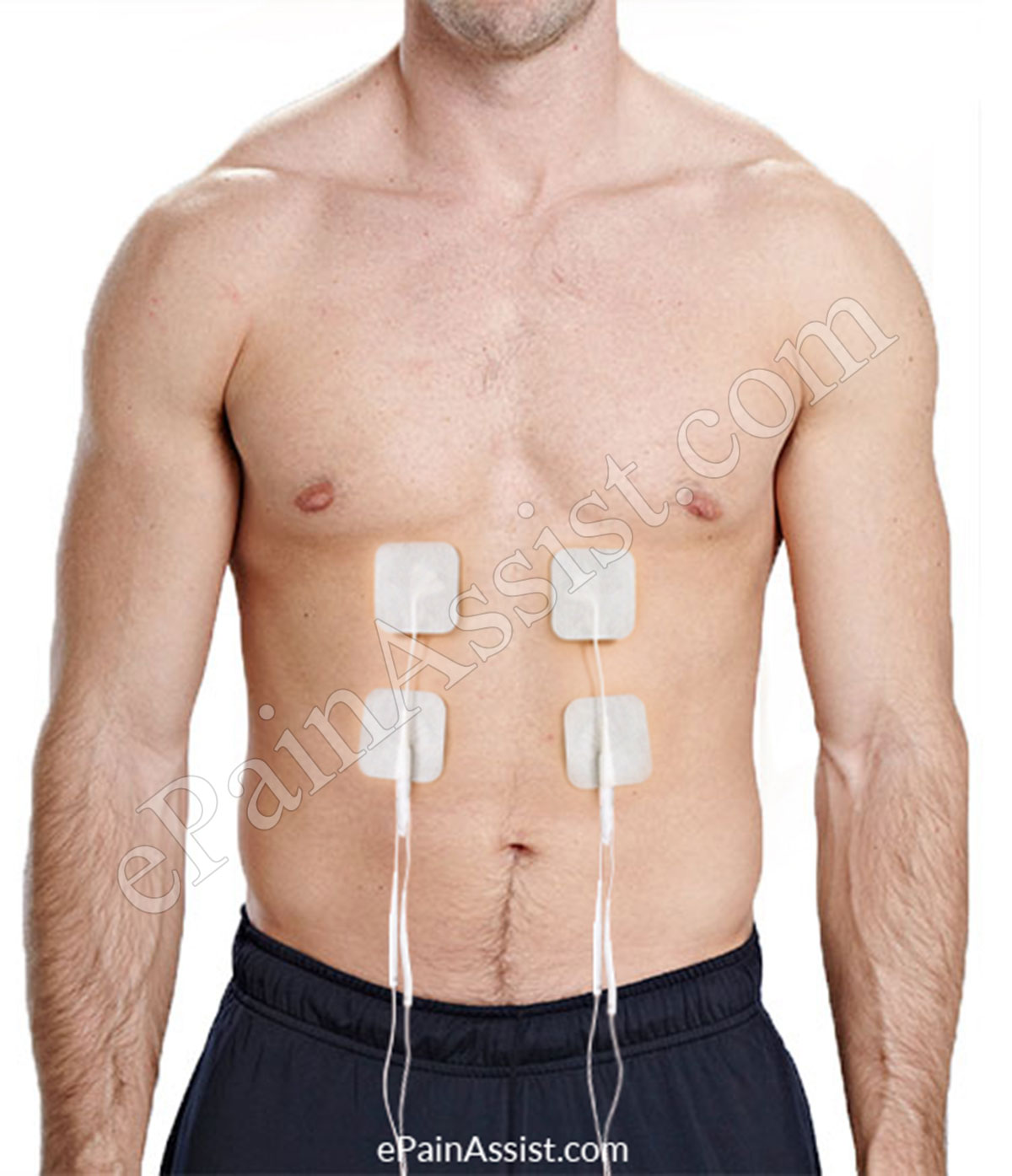What is Electrical Muscle Stimulation (EMS)?
Electricity has been used in treating pain for more than a century. Early supporters of the use of electricity were regarded as charlatans, but the recent scientific research has proved that electricity helps in reducing acute as well as chronic pain. Electrical Muscle Stimulation (EMS) is a method used to reduce muscle spasms and hence reduce pain. This technique works by directly blocking the transmission of pain signals through the nerves. Other than this, electrical stimulation also encourages the release of endorphins, which are natural painkillers generated by the body. There are various electrical stimulation methods with each having different effects on the body. These are battery powered devices and few units have an adapter which allows powering from an outlet. The devices used electrically stimulate nerves and muscles, although adhesive pads are placed on the skin.

How Safe is Electrical Muscle Stimulation (EMS) for Chiropractic Treatment?
Electrical Muscle Stimulation (EMS) was developed in England more than 40 years ago by a group of scientists and doctors. Muscle stimulators are used widely in hospitals, beauty salons, health clubs and spas. It is also used by physiotherapists and sports medicine specialists to treat athletes who suffer from sports related strains and sprains. It is also owned by many principal athletes. Electrical Muscle Stimulation (EMS) is relatively safe for any individual who has the capability to do normal exercise. In some individuals, certain risks are there with the use of EMS such as irritation of the skin beneath the adhesive pads and temporary pain from the electrical charge. If the pads are placed over the heart or over pacemaker leads, it may lead to cardiac arrhythmia. If placed over the throat, it could cause low blood pressure. When placed over a pregnant uterus, it may cause damage to the fetus. Due to these risks, the electrical stimulation should be avoided over these regions.
What Are The Different Types Of Electrical Muscle Stimulation (EMS)?
1. Micro Current Therapy: This is a sound wave therapy combined with a very low electrical current. This device performs on a cellular level by stimulating the cells and thus provides almost instant changes in the injured region. Micro-Current Therapy is one of the advancing therapies and does wonders in re-establishing normal energy sensations, by relieving pain and stimulating the healing process.
Micro-Current Therapy Has Been Shown Effective In The Following Conditions :
- Relief in pain in conditions like arthritis, injured joints, tendonitis, sprains, TMJ, neuritis, whiplash and other injuries to the spinal cord.
- Relieves muscle spasms, headaches, shingles, surgery and carpal tunnel syndrome.
- Encourages the healing of broken/fractured bones.
- Improves bone density, thus treats and prevents osteoporosis.
- Helps in healing of wounds.
- Rejuvenating the body.
- Improving blood circulation.
- Alleviating insomnia.
2. Russian Muscle Stimulation: This method is similar to Electrical Muscle Stimulation (EMS) in the way it is designed for motor nerves stimulation. This was initially developed by the Russian Olympic team for increasing the muscle mass. It is now commonly used for strengthening the muscles and reducing edema and muscle spasms in the USA. It is designed for motor nerve stimulation; however, due to its high frequency, the user gets a stronger/complete contraction of the muscle fibers and a deeper muscle penetration. This method can also be used in muscle paralysis, where a stronger stimulation is easily tolerated and leads to improvement in the condition. Russian muscle stimulation is used effectively in: muscle enhancement, rehabilitation and treating scoliosis.
3. Interferential Electrical Stimulation: This is a unique way of providing a concentrated and therapeutic treatment both deep in the tissues and at the surface level of the skin in a very effective manner. This treatment traverses the skin with more ease and with less stimulation thus giving patient more comfort during the stimulation process. The interferential frequencies hinder the pain message transmissions at the level of spinal cord. Other than this, it is also better tolerated by the skin. The quantity can be increased thereby increasing the ability of the interferential electrical stimulation to penetrate the tissues and allowing trouble free access to deep structures. Interferential electrical stimulation is effective in treating pre and post-orthopedic surgery, cumulative trauma disorders, joint injury syndrome, controlling pain and increasing circulation.
